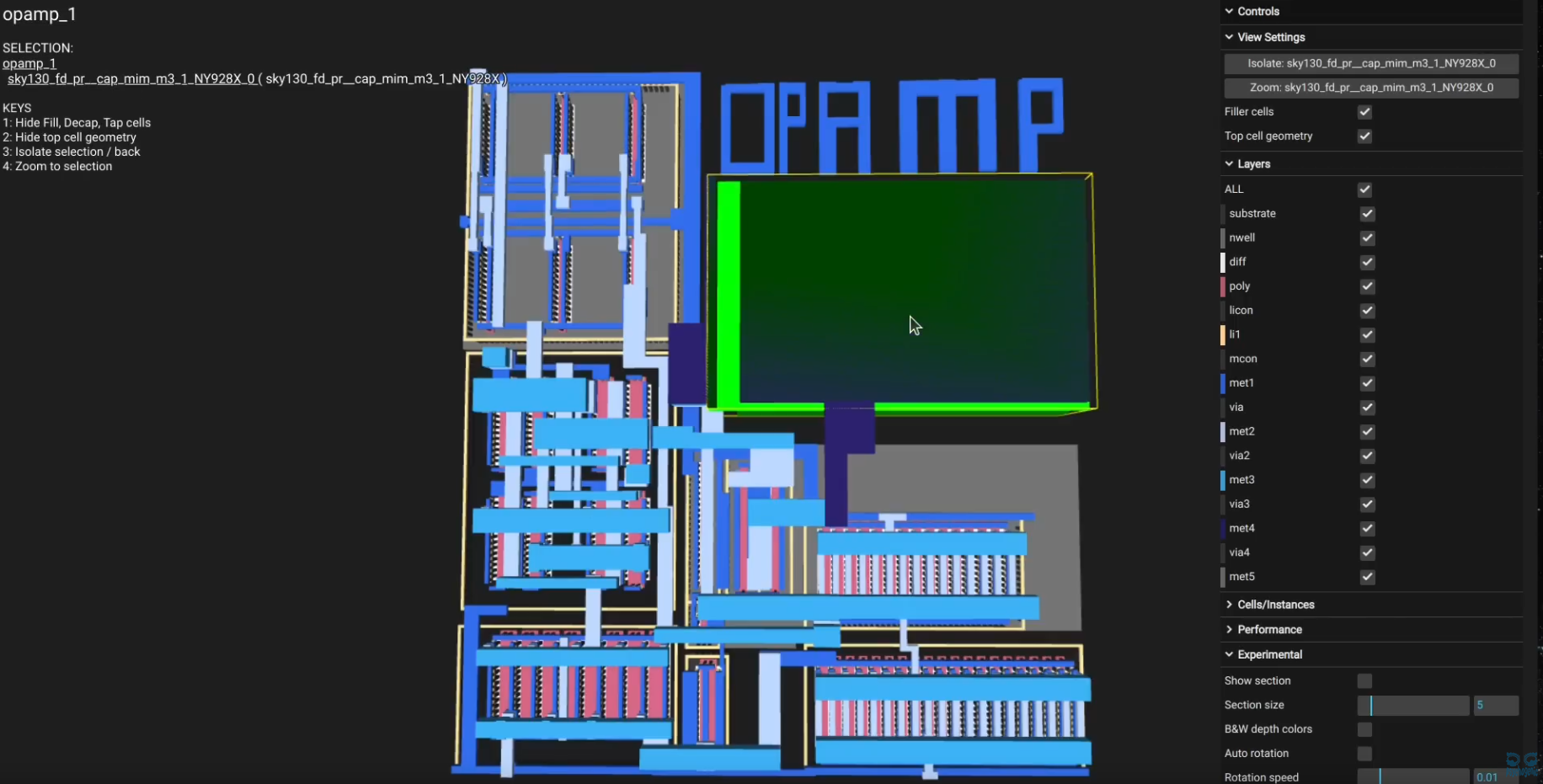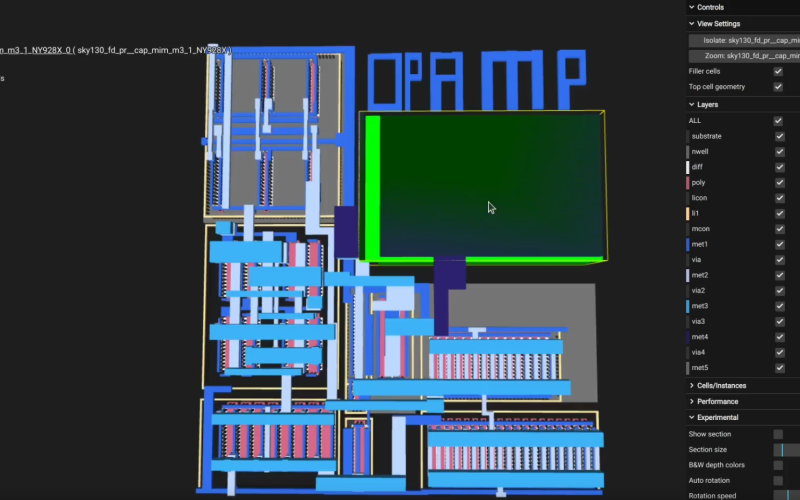
Our hacker [Pat Deegan] of Psychogenic Technologies shows us the entire process of designing an analog ASIC. An ASIC is of course an Application-Specific Integrated Circuit, which is basically just custom hardware. That’s right, “just” custom hardware.
Services such as those from Tiny Tapeout make it possible to get your hardware designs built. And tools such as those found in Tiny Tapeout Analog Design VM with Skywater 130 PDK make it possible to get your hardware designs… designed.
In the video [Pat] takes you through using xschem (for schematic capture) and magic (for physical layout) to design a custom ADC. We learn that when it comes to hardware you have the choice of many different types of FETs, and not much else. Capacitors are expensive and to be avoided. Inductors are verboten. Getting specific values for things (such as resistors) is pretty much impossible so you generally just have to hope that things come out in relative proportions.
[Pat] credits Webinar – Analog schematic capture & simulation with Stefan Schippers for teaching him how to use the aforementioned tools. Both xschem and magic are customizable using the Tcl scripting language which [Pat] used to set things up to his own taste.
We have heard from [Pat Deegan] in recent history, he’s the guy who published the considered KiCad shortcut keys and he has a KiCad mastery course which is available for free.
